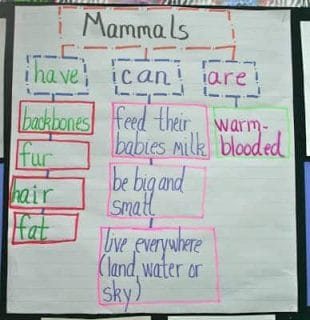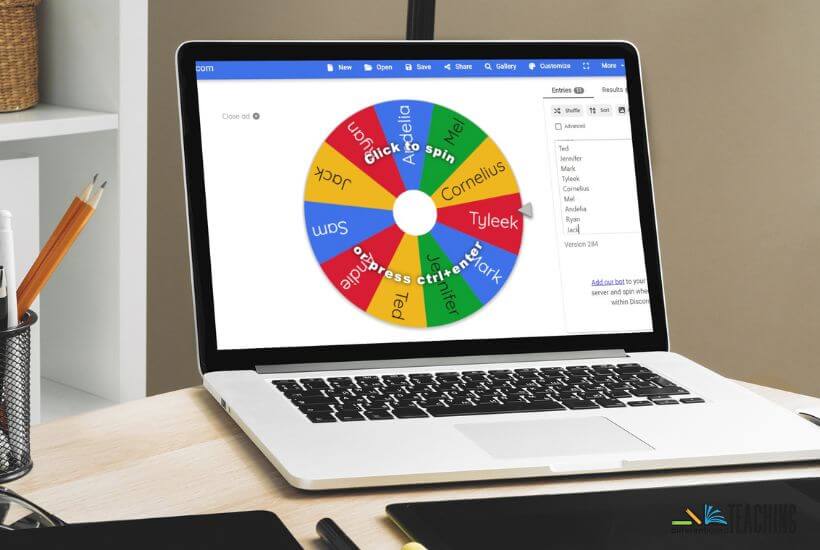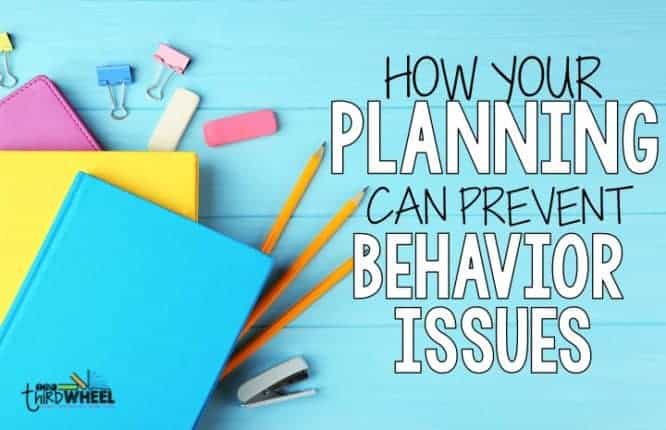3 Graphic Organizers for Formative Assessment
Formative assessment is a huge buzzword in education for good reason. Being able to determine whether your students understand before formally testing them is the key to stopping knowledge and skill gaps before they start. However, all too often formative assessments end up looking more like…well, assessments!
Graphic organizers are a great alternative because they let you catch misconceptions, see how students put ideas together and find critical missing pieces all in a way that is a lot more fun than a boring test.
Graphic organizers every teacher needs.
Graphic organizers are a great way to have students think through and visually represent concepts, information, and ideas for a variety of learners (K-12) and topics.
Some examples of graphic organizers are mind maps, KWL charts, concept webs, flow charts, webs, and Venn diagrams.
Graphic organizers have the ability to help students clearly visualize and understand the content as well as their own thinking.
However, many teachers overlook the benefits of using graphic organizers as a tool for gathering information.
My 3 Favorite Graphic Organizers for Formative Assessment
1. Mind Maps
Often referred to as a web, mind mapping is a great way to get your students to bring their ideas from their brain to the paper.
Mind maps can include symbols, words, colors, and pictures that are highly personal to the individual. There is no “right way” to organize a mind map which means it can take you a little longer to review. However, they are a lot more fun to look at than a test.
Here’s a great example of a simple mind map from our unit on energy:
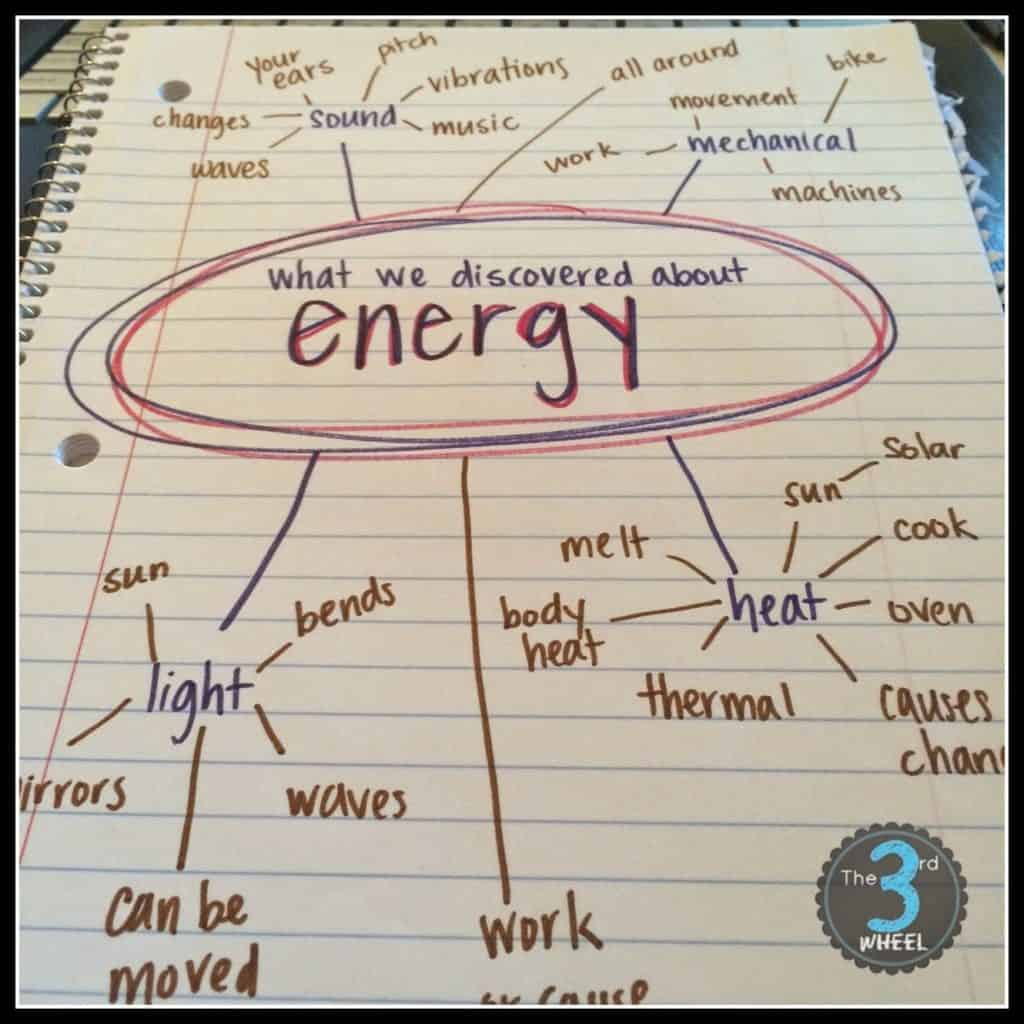
How I use it to assess & plan: When I use this strategy for formative assessment, I start by listing out the 3-5 must know concepts that I am going to look for in every mind map. They don’t need to be in the same place, but I use it as a checklist to help me determine if students really get the concept.
I also make notes on misconceptions that I notice across students to help me plan lessons to fix these areas.
2. Topic Trees
Topic trees are especially great for smaller, more focused topics.
Students are given three specific categories to qualify their understanding and knowledge of the topic. Commonly you’ll see these as “can”, “have”, “are”. However, I have also seen great ones that use “want”, “believe” for deeper social studies topics with older students.
Here’s a simple example of an anchor chart version of this format from K-Crew Kids Rock:
How I use it to assess & plan: This is the easiest to check of the three organizers I use for formative assessment. Since it is more organized than the mind map, I can quickly use my checklist to determine if students have the key understandings.
I use this to make flexible groups based on shared knowledge or differing gaps (depending on the topic and the activities). This allows me to really guide student-to-student learning in a unique way.
3. Venn Diagrams
Who doesn’t love a good Venn diagram?
I am pretty sure every single testing manufacturer does…or at least the test prep materials look like they do! This means using this as a tool to assess is giving you double the bang for your buck because it is also normalizing the process of using a Venn diagram for your students.
I love using Venn diagrams for science and social studies concepts where I really need to be sure students understand the differences and similarities between the topics. For example, if we are studying energy I might have students create a Venn diagram on the two most recent types of energy we studied. That lets me get to the bottom of whether they really get the details.
How to use it to assess & plan: When I use Venn diagrams to formatively assess my students, I typically start by deciding whether it is more important that students get the similarities or differences.
If I really need my students to know how mechanical and thermal energy area alike, for example, I will focus my time looking at the middle of the diagram and use that to guide my determination for groups and whether we are ready to move on. The standards really guide these determinations for me.
Get a copy of my 3 favorite graphic organizers for formatively assessing students
I’d love to share my graphic organizer templates with you. Yes, really! Even better. I would love to give them to you free.
I truly believe collecting data in this open-ended format allowed me to be a better teacher. While I often have students create these in their journals to save on copies, it is always nice to have the templates to provide to students who might need the accommodation.
For example, I often provide the template for my slower writers or other students who might struggle to get the organizer drawn in a short time span.
Laminate the graphic organizers to make them durable and you can use them again and again!
To get a free copy of these graphic organizers, click the button.
Looking for more great ways to gather data and support students? Check out these posts:
- Take control & get more done in your next RTI meeting
- Simple ways to collect behavior data for your students
- The problem with RTI & how to fix it
Have you used graphic organizers to formatively assess your students? Leave your tips and tricks in the comments!
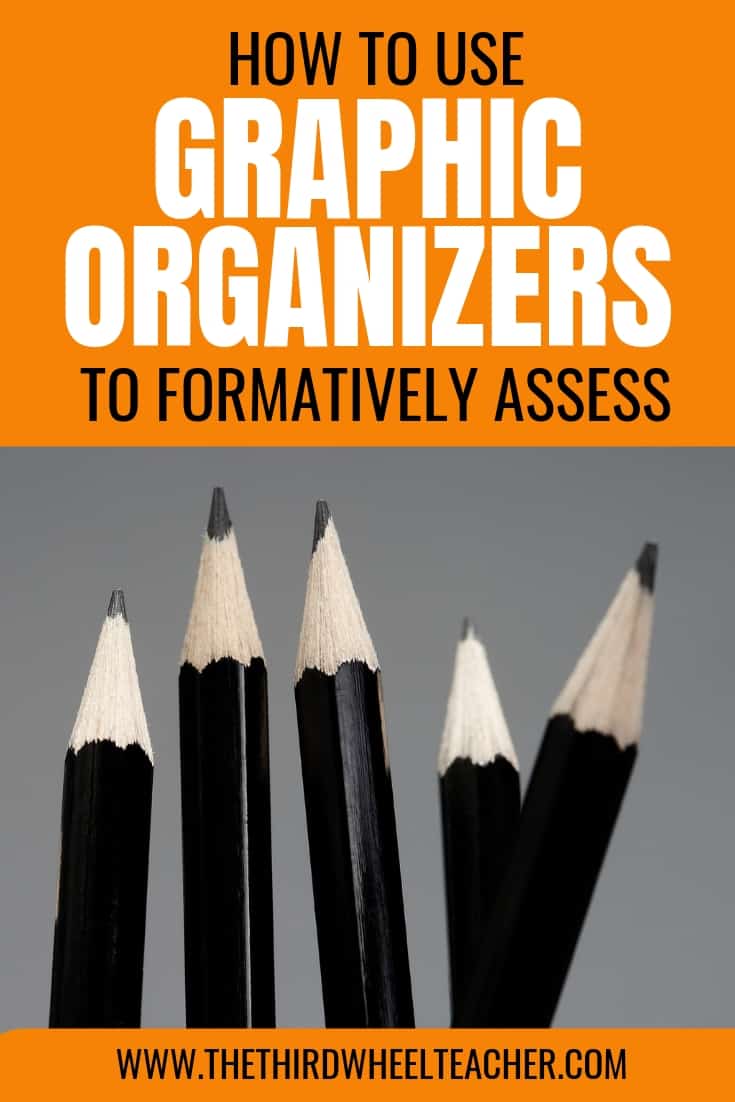
I hope this article sparked some ideas for ways you can build graphic organizers into your formative assessment plan. If you’d like more ideas for how to assess & support your students, be sure to follow me on social media:

